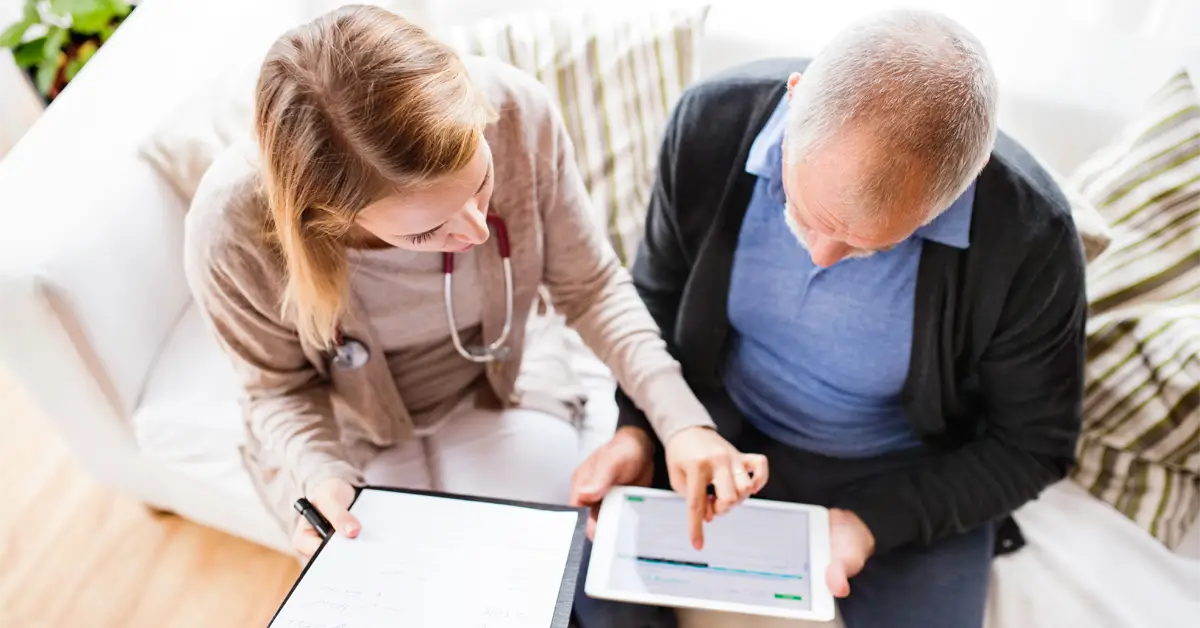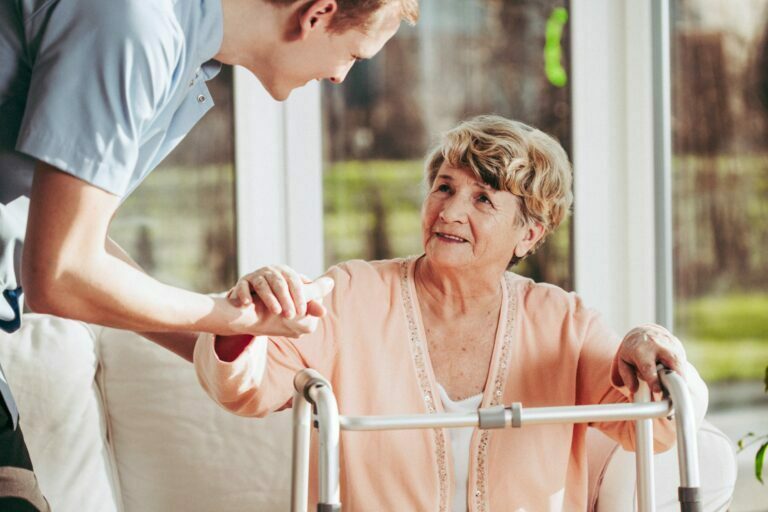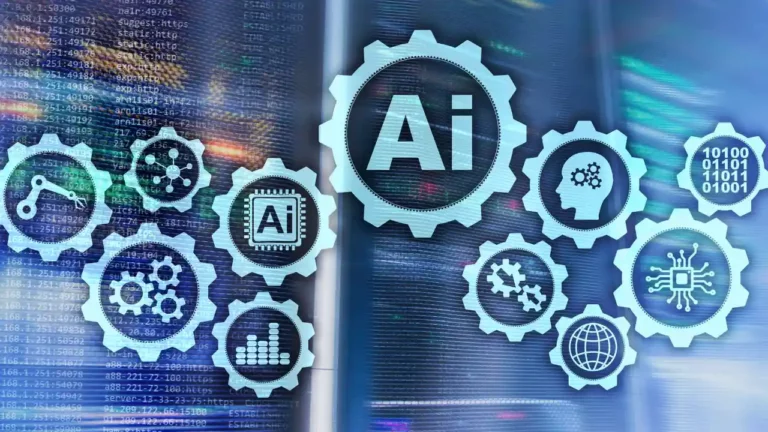As healthcare continues to evolve and adapt to modern times, more and more people are turning to remote patient monitoring as a solution for their healthcare needs. Remote Patient Monitoring (RPM) is a technology-based healthcare service that allows healthcare providers to monitor patients’ health data outside of traditional healthcare settings.
Home Health Monitoring is an essential aspect of RPM that enables patients to track their vital signs and other health metrics from the comfort of their homes. With the advent of telehealth and RPM, patients can now receive personalized and effective medical care from the convenience of their homes.
Understanding Remote Patient Monitoring
RPM is a healthcare technology that allows healthcare providers to remotely monitor a patient’s health status, symptoms, and vital signs using monitoring devices. RPM enables patients to receive medical care and manage their health conditions from the comfort of their own homes. This type of remote monitoring is particularly beneficial for patients with chronic conditions, as it enables them to track their health data and communicate with their healthcare provider regularly.
There are various types of remote monitoring devices available. These devices are connected to a remote monitoring system that transmits the patient’s health data to a healthcare provider or monitoring center in real-time. This technology allows healthcare providers to track changes in a patient’s health status and provide timely interventions, ultimately leading to better patient outcomes.
The Importance of Home Health Monitoring
Home Health Monitoring (HHM) is a critical component of RPM, as it enables patients to manage their health conditions from the comfort of their own homes. With the increasing prevalence of chronic conditions, such as diabetes, hypertension, and heart disease, HHM has become an essential tool in preventing and managing these conditions.
HHM allows patients to monitor their health data regularly, including vital signs such as blood pressure, glucose levels, and heart rate. By tracking this data, patients can identify any changes or abnormalities in their health status, which can be communicated to their healthcare provider in real-time. This early detection can lead to prompt interventions, preventing the progression of a health condition and reducing the risk of hospitalization or other serious complications.
Moreover, HHM can improve patient engagement and adherence to treatment plans. By regularly monitoring their health status and communicating with their healthcare provider, patients are more likely to take an active role in managing their health. This increased engagement can lead to better health outcomes, reduced healthcare costs, and improved patient satisfaction.
HHM is also beneficial for healthcare providers, as it enables them to track patient health data regularly, leading to more timely interventions and better health outcomes. With the increasing use of telehealth and RPM devices, HHM has become an essential component of healthcare delivery, particularly in rural and underserved areas where access to healthcare services may be limited.
The Benefits of Remote Patient Monitoring
RPM is an innovative technology that enables patients to manage their health conditions remotely and in real-time. By using RPM devices, patients can track their health data and transmit it to their healthcare provider for analysis, enabling timely interventions and better health outcomes.
Some of the key benefits of RPM include:
- Improved Patient Outcomes: RPM enables healthcare providers to monitor patients’ health data in real-time, allowing for timely interventions and improved health outcomes. This can lead to reduced hospitalization rates, fewer emergency room visits, and better management of chronic conditions.
- Cost Savings: RPM can reduce healthcare costs by enabling early detection of health problems and preventing the need for costly hospitalization or emergency room visits. It can also reduce the need for in-person visits, particularly for patients with chronic conditions who require regular monitoring.
- Increased Patient Engagement: RPM encourages patients to take an active role in managing their health by regularly monitoring their health data and communicating with their healthcare provider. This increased engagement can lead to better health outcomes and improved patient satisfaction.
- Access to Care: RPM can improve access to healthcare services, particularly for patients who live in rural or underserved areas. By enabling remote monitoring, patients can receive high-quality care without the need for frequent in-person visits.
- Customized Care: RPM enables healthcare providers to tailor care plans to individual patients’ needs by tracking health data in real-time. This can lead to more personalized care, improved patient outcomes, and increased patient satisfaction.
- Early Detection of Health Problems: RPM can help detect health problems early, enabling timely interventions and preventing the progression of chronic conditions. By regularly monitoring health data, healthcare providers can identify changes in a patient’s health status and provide appropriate care.
Overall, RPM has the potential to revolutionize healthcare delivery, particularly for patients with chronic conditions. By enabling remote monitoring and real-time communication between patients and healthcare providers, RPM can improve patient outcomes, reduce healthcare costs, and improve access to care.
Types of Health Monitoring Devices
HHM systems use a variety of devices to collect and transmit health data. Here are some of the most common types of health monitoring devices:
- Blood Pressure Monitors: These devices measure blood pressure and can detect changes in blood pressure that may indicate health problems.
- Glucose Monitors: These devices measure blood sugar levels and are commonly used by patients with diabetes.
- Pulse Oximeters: These devices measure oxygen saturation levels in the blood and are commonly used to monitor respiratory function.
- EKG Monitors: These devices measure heart rate and can detect irregularities in heart rhythm.
- Weight Scales: These devices measure body weight and can be used to monitor weight changes over time.
- Thermometers: These devices measure body temperature and are commonly used to monitor for fever or other signs of infection.
- Activity Trackers: These devices track physical activity, including steps taken, calories burned, and distance traveled.
- Sleep Trackers: These devices track sleep patterns, including duration and quality of sleep.
- Smartwatches: These devices can be used to track a range of health data, including heart rate, physical activity, and sleep patterns.
- Mobile Apps: Many health monitoring systems include mobile apps that can be used to track health data, communicate with healthcare providers, and receive personalized health advice.
These devices are often integrated with an RPM system, enabling patients to transmit health data in real-time to their healthcare provider for analysis. By using these devices to monitor health data, patients and healthcare providers can work together to improve patient outcomes and prevent the progression of chronic conditions.
The Future of Remote Patient Monitoring
As technology continues to evolve, the future of RPM looks promising. Here are some potential developments to look out for:
- Wearable Technology: The development of wearable technology is expanding rapidly, and these devices are becoming more sophisticated and affordable. Wearable technology such as smartwatches and activity trackers can provide real-time health data to healthcare providers, making it easier to monitor patients remotely.
- Artificial Intelligence: The use of artificial intelligence (AI) in healthcare is rapidly expanding, and this technology could revolutionize remote patient monitoring. AI algorithms can be used to analyze large volumes of health data quickly, detecting patterns and predicting potential health problems before they occur.
- Telemedicine: Telemedicine, or the use of video conferencing technology to provide medical care, is becoming more common. This technology allows healthcare providers to connect with patients remotely, making it easier to monitor patients and provide timely medical care.
- Data Analytics: As more health data is collected through remote patient monitoring, the use of data analytics is becoming increasingly important. Data analytics can be used to identify trends, patterns, and potential health problems, enabling healthcare providers to provide targeted interventions and improve patient outcomes.
- Continuous Monitoring: In the future, it may be possible to monitor patients continuously, providing a constant stream of real-time health data to healthcare providers. This could enable healthcare providers to detect potential health problems quickly, improving patient outcomes and preventing the progression of chronic conditions.
DrKumo Remote Patient Monitoring Solutions
Home health monitoring has become increasingly important in recent years, particularly with the rise of chronic diseases and the need for continuous monitoring of patients. DrKumo is a technology leader in providing highly scalable, continuous, real-time remote patient monitoring solutions that meet the needs of patients and healthcare providers alike. Their RPM technology allows patients to manage their health conditions from the comfort of their homes, with real-time data that provides healthcare providers with timely intelligence for proactive intervention.
DrKumo state-of-the-art, HIPAA-compliant, mobile-enabled, continuous real-time monitoring, and AI/ML engine provides a user-friendly solution that solves the most painful problems in healthcare. The company’s innovative, collaborative, and technology-driven culture drives them to provide the most effective solutions to both patients and healthcare providers.
The company’s RPM technology is designed to support chronic disease management, acute care, post-operation, and hospital care at home, providing a broad range of healthcare services. DrKumo monitoring technology is not only reliable and efficient but also cost-effective, making it accessible to a broader range of patients.
DrKumo monitoring system is backed by a team of healthcare professionals, including doctors and nurses, who work closely with patients to provide the highest level of care. The company’s team is committed to ensuring that patients receive the care they need, when they need it, in the most convenient way possible.
Takeaways
HHM systems and RPM devices are becoming increasingly important in modern healthcare. These technologies have the potential to improve patient outcomes, reduce healthcare costs, and provide patients with greater autonomy over their own health. By using RPM systems, healthcare providers can remotely monitor patients with chronic conditions, allowing them to detect potential health problems early and provide targeted interventions.
Take control of your health with home health monitoring systems and remote patient monitoring devices to prevent potential health problems. Contact DrKumo now.








